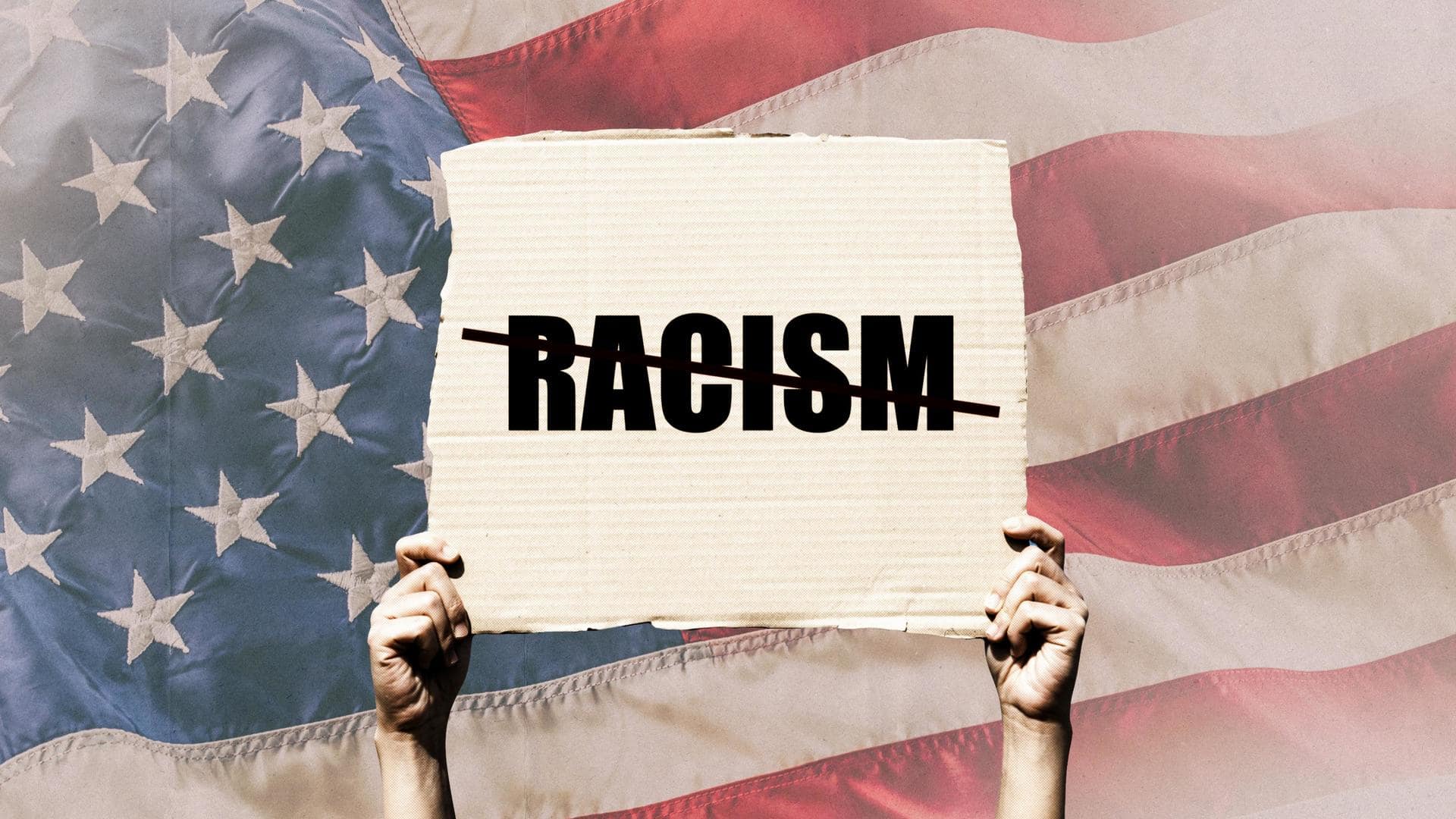
#NewsBytesExplainer: What's affirmative action that US Supreme Court has banned
What's the story
The United States Supreme Court on Thursday ended affirmative action in university admissions, ruling that race can't be considered a deciding factor for higher education. President Joe Biden and Harvard University, a party in the case, disagreed with the verdict, saying that discrimination continues to exist in the US and that diversity in education is essential to academic excellence. But what is affirmative action?
What
What is affirmative action?
Affirmative action, or positive discrimination, is similar to the reservation system in India, where a person's community-based identity—race and ethnicity in the case of the US—is also taken into account along with their academic performance. It is aimed at compensating historically oppressed communities in the context of settler colonialism and the transatlantic slave trade, which lasted for over 400 years.
Why
Why was affirmative action introduced?
The US Constitution came into force in 1788, professing justice and liberty while simultaneously allowing slavery, which was outlawed in 1865 following the Civil War. However, the law after the Reconstruction Era mandated racial segregation, prohibiting the intermixing of races in virtually all aspects of daily life. While affirmative action was introduced in the 1960s, schools in the country remained absolutely segregated until 1968.
How
How did affirmative action come about?
The 1960s saw many upheavals as the Civil Rights Act of 1964 outlawed segregation, the Voting Rights Act of 1965 prohibited race-based voting practices, and the Fair Housing Act of 1968 prohibited racial discrimination in housing. However, decades later, housing in the US is still significantly segregated, per the US Department of Justice. Affirmative action assumed importance in this backdrop to promote racial intermixing.
Verdict
What did US Supreme Court say on affirmative action?
In a 6-3 decision, the verdict said race-based affirmative action violates the Equal Protection Clause of the 14th Amendment of the Constitution. Chief Justice John Roberts asserted that universities had wrongly placed undue emphasis on an individual's racial identity. Meanwhile, the dissenting justices argued that the decision entrenched a superficial principle of colorblindness in a society that remains inherently segregated.
Population
Demographic makeup of US
As of 2021, reportedly White Americans (non-Hispanic) form the majority of the US's population at around 60%. Hispanic and Latino Americans are the largest ethnic minority group at nearly 19%, while Black Americans are the largest racial and second-largest ethnic minority at over 12%, followed by Asians at around 6%, and native Americans, indigenous to the US, at less than 1%.